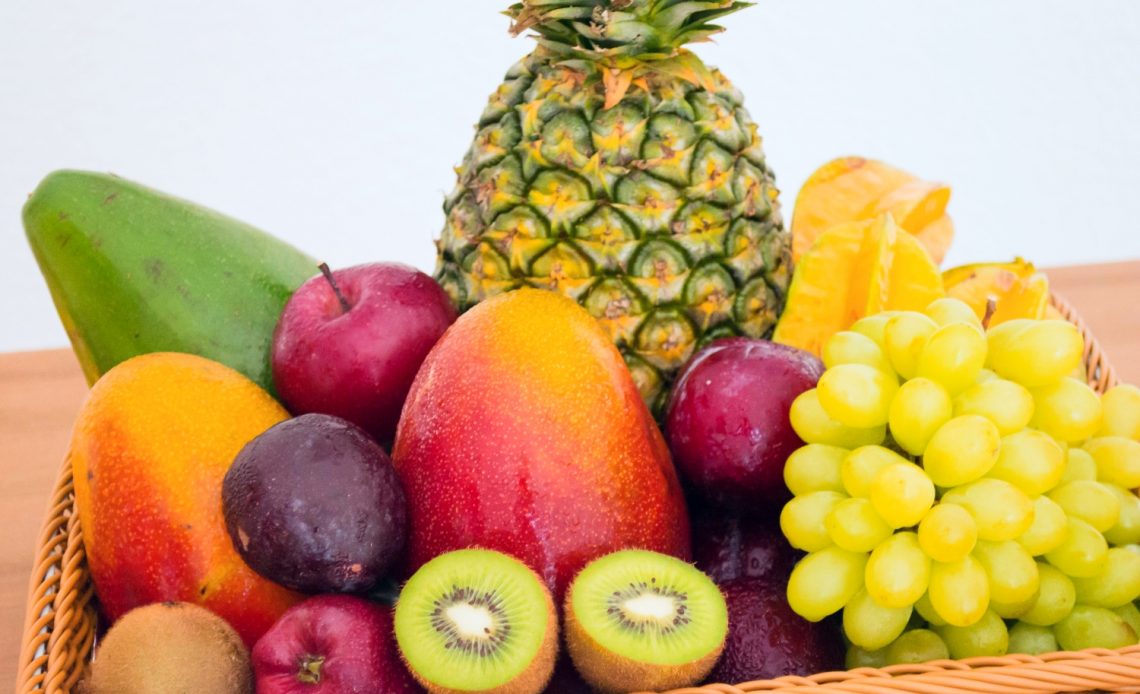

We’re here to help! Wild Yards is a completely free website that is 100% dedicated to helping you create a wildlife-friendly, sustainable yard. Read more
WildYards is reader-supported. When you buy a product through a link on our site, we may earn a comission. Every product is independently selected by our (obsessive) editors and our reviews are unbiased and objective. Read more about our mission or our privacy policy.
There’s something extra special about homegrown fruit. Maybe it’s the freshness, or maybe it’s just the sweetness that comes from knowing that you grew it yourself. But would the sweetness of your favorite fruit be lessened if we told you that that fruit was man-made? We like to think that all of the fruits that we enjoy were originally found in nature. But, as a matter of fact, many of the fruits we snack on each day were cultivated by man. Which shouldn’t surprise us. After all, certain vegetables, including corn, broccoli, carrots, and cauliflower, were man-made, too! Here are 10 man-made fruits that you just thought were natural.
Citrus fruits, including oranges, grapefruits, tangelos, and lemons, were all made by man. Bananas, boysenberries, apples, strawberries, and watermelons are also man-made, as are tomatoes — which are really fruits, even though most gardeners consider them to be vegetables.
1. Apple
Most modern apple cultivars descend from wild crabapple trees found more than 5,000 years ago in modern-day Kazakhstan, Uzbekistan, and China. This progenitor of the modern apple, called Malus sieversii, can still be found in upper Asia today. Unfortunately, although the fruits from these trees resemble apples in shape in color, they’re so sour they’re inedible unless used in jams, jellies, cider, and wine.
Although wild apples are less than palatable, they’ve become the sweet, crisp, refreshing fruits we know and love today after centuries of careful cultivation. The trees have also been hybridized to grow larger fruits with a more uniform texture and flavor.
Today there are more than 7,500 different types of apples available. From the sour ‘Granny Smith’ green apple to the sweet ‘Honeycrisp’ red apple, there’s something for every fruit lover to enjoy. These versatile fruits are ideal for baking, cooking, and snacking. They’re just as delicious right off the tree as they are candied or preserved. Apples may be man-made fruits, but we wouldn’t want to imagine a world without them.
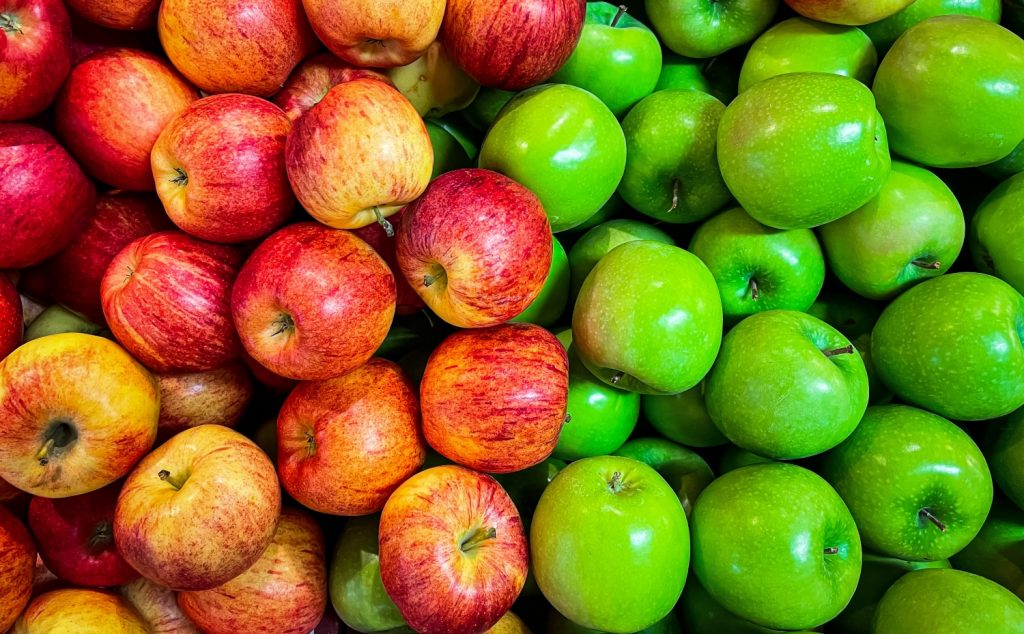
2. Banana
Breakfast wouldn’t be very exciting without bananas. Although they’re man-made fruits, they’re perfect for topping pancakes, waffles, oatmeal, and cereal. The modern banana is sweet and fleshy with very few if any seeds — a far cry from its two predecessors, Musa acuminata and Musa balbisiana.
Although Musa acuminata bananas are sweet like modern bananas, they’re incredibly tough, which makes them difficult to enjoy. Musa balbisiana bananas, on the other hand, are easier to eat, but, unfortunately, they’re loaded with seeds. Exactly when humans first thought to combine the two is unknown. But archaeological evidence suggests that bananas were cultivated in Southeast Asia for centuries.
The bananas we enjoy today come from the Cavendish group of cultivars, which were first developed in the 1950s. Cavendish bananas have thick skins to protect them during shipping. Additionally, these bananas don’t have seeds. They don’t need them because they reproduce asexually and can be propagated by suckers and rhizomes.
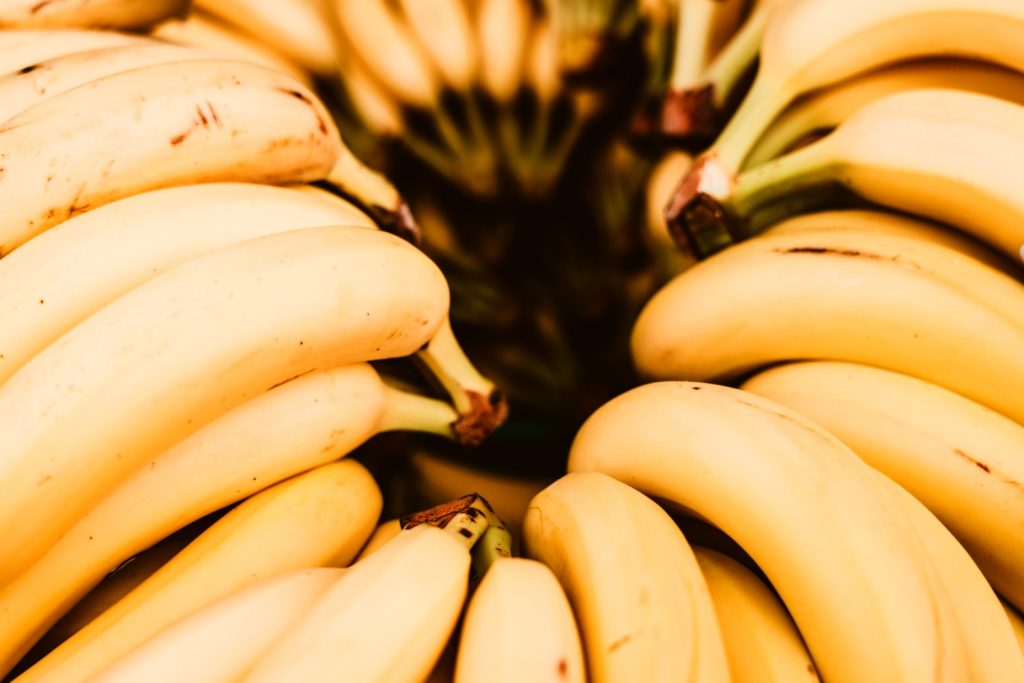
3. Lemon
The lemon can trace its origins back to the foothills of the Himalayas where the first citrus trees developed around 8 million years ago. Lemons are a cross between the bitter orange, which is so unpleasant to the taste that it’s mostly used to make marmalade, and the pomelo, which is shaped a lot like the modern lemon but is less sour and juicy.
Lemons are man-made. They’re also loaded with beneficial vitamins, particularly vitamin C, which supports collagen synthesis for healthy joints and glowing skin. Of course, vitamin C also plays an important role in immune system function. Lemons are excellent for improving your disease resistance.
Lemons played an important role in preventing and curing scurvy. For decades, sailors feared catching the mysterious disease. But, in 1747, when Scottish physician James Lind discovered citrus fruits could prevent the sickness, lemons were soon stocked on board ships, and trees were planted along trade routes.
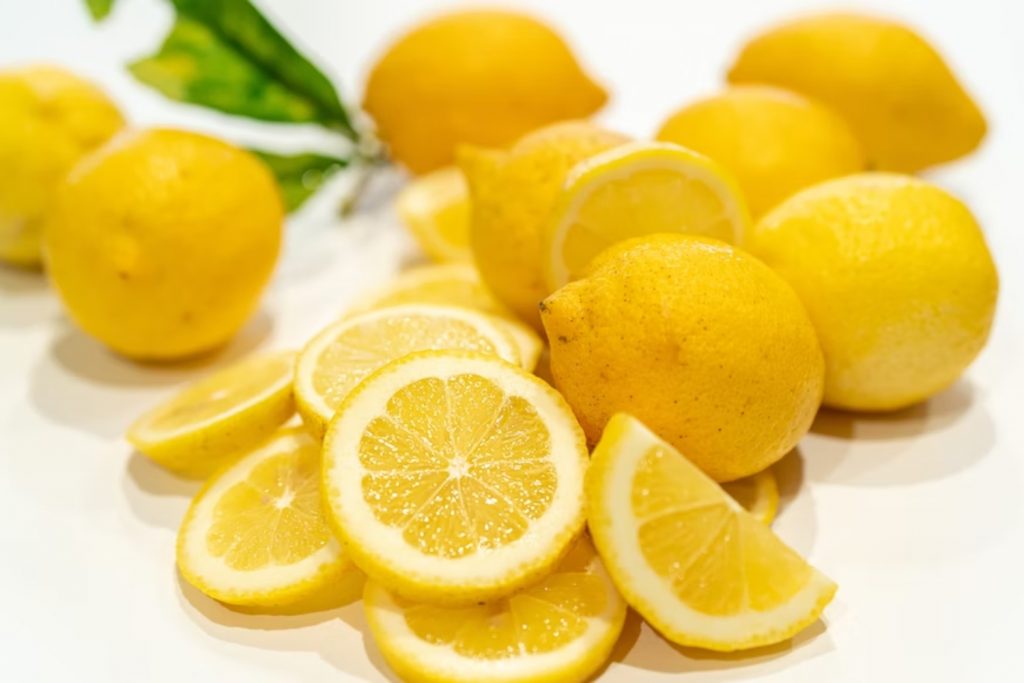
4. Tangelo
Tart and tangy, not everyone appreciates the taste of a tangelo. But for fans of this man-made fruit, that’s what makes it so irresistible. The tangelo is a cross between a tangerine and a grapefruit and it was first developed in Florida in the late 1800s to early 1900s by Dr. Walter Swingle for the United States Department of Agriculture.
Tangelos get their sweetness from the tangerine. But their large size and notable tartness come from the grapefruit. The name “tangelo” was coined by Dr. Swingle, and is a combination of “tangerine” and “pomelo”.
Like lemons, tangelos contain a lot of vitamin C, which makes them an excellent snack option. They’re also prized for their fragrant extracts which are used in aromatherapy to relieve stress and boost the mood.
5. Watermelon
The earliest known watermelons were small and bitter. These watermelons originated in the deserts of Africa. Paintings of watermelons, as well as watermelon seeds, have been found in ancient Egyptian tombs from more than 5,000 years ago. The Moors introduced the watermelon to Spain and Portugal in the 10th century. And, in 1629, European colonists recorded the first watermelon harvest in Massachusetts.
Like apples, watermelons were not man-made. However, the modern watermelons we purchase from grocery stores and grow in our gardens are man-made. They have been cultivated by mankind for centuries to produce sweet-tasting, bright red flesh. Many watermelons also contain far fewer seeds than their ancestors, which also makes them much easier to snack on.
In the beginning, watermelons weren’t too pleasant to eat. The first watermelons were about the size of an apple with unappetizingly pale flesh. They were mostly grown for their seeds until farmers began cultivating the sweetest vines. Over the centuries, watermelon plants have evolved to produce larger watermelons and a higher crop yield.
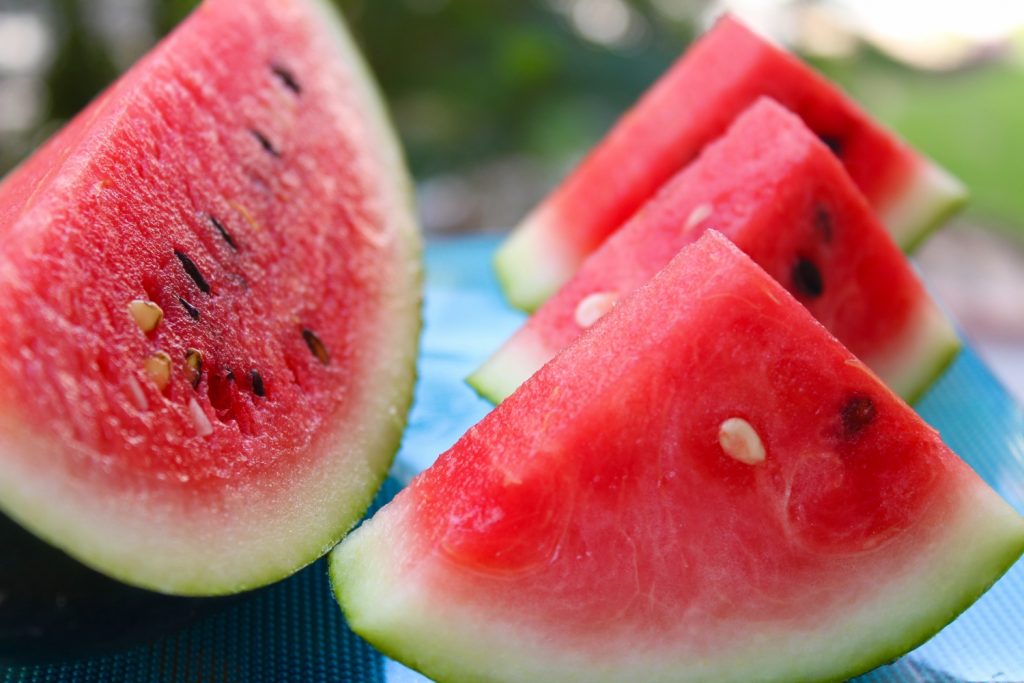
6. Orange
While several varieties of oranges can be found in nature, the orange we know today was a product of human intervention. The oranges sitting in the fruit bowl on your kitchen table originated when farmers in Southern China crossed a hybrid pomelo with a mandarin orange.
Oranges are the most widely cultivated fruit tree in the world. These plants thrive in tropical climates where the air and soil stay moist, and the temperatures are nice and warm. Florida provides oranges with an ideal growing environment and the state produces roughly half of the total orange crop in the United States, as of 2020.
Like lemons, oranges helped resolve the scurvy pandemic back in the mid-1700s. Oranges were considered a luxury item, a symbol of status and wealth, and were often given as gifts. They were also sometimes used to produce orange dye, thanks to a natural pigment called carotenoid.
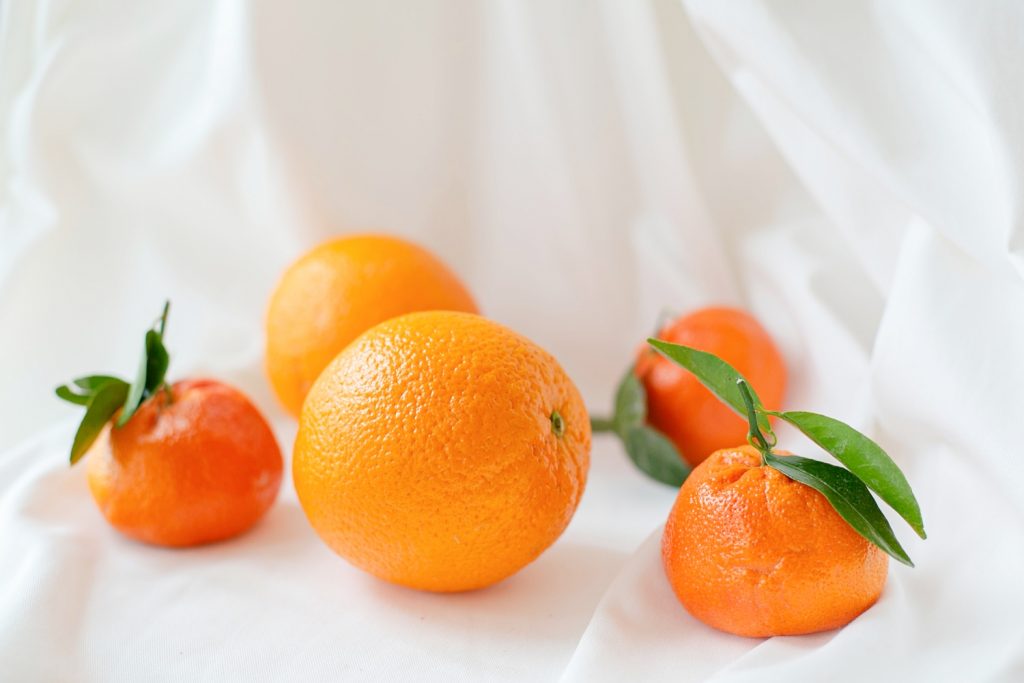
7. Strawberry
Today’s large, deliciously sweet strawberries are a cross between two species found in the wild: the North American Fragaria virginiana and the South American Fragaria chiloensis. Both of these species were introduced to Europe during the 1500s, where, like peppers, they were grown mostly as ornamentals. But soon, the two species were cross-bred to make plants that produced larger berries with a better flavor.
There are now thousands of varieties of strawberries available to the average gardener, each with its own unique flavor profile. ‘Honeyoye’ and ‘Albion’ strawberries are beloved for their exceptionally sweet taste. But the ‘Pineberry’ variety has more depth, with undertones of citrus and pineapple.
Technically speaking, strawberries aren’t really berries at all. They’re “aggregate accessory fruit”, which means they’re formed from multiple ovaries produced by a single flower. They are the only fruits that have seeds on the outside that are visible to the naked eye. And, did you know that those seeds are rich in antioxidants and fatty acids? Strawberries really do double duty as a superfood!
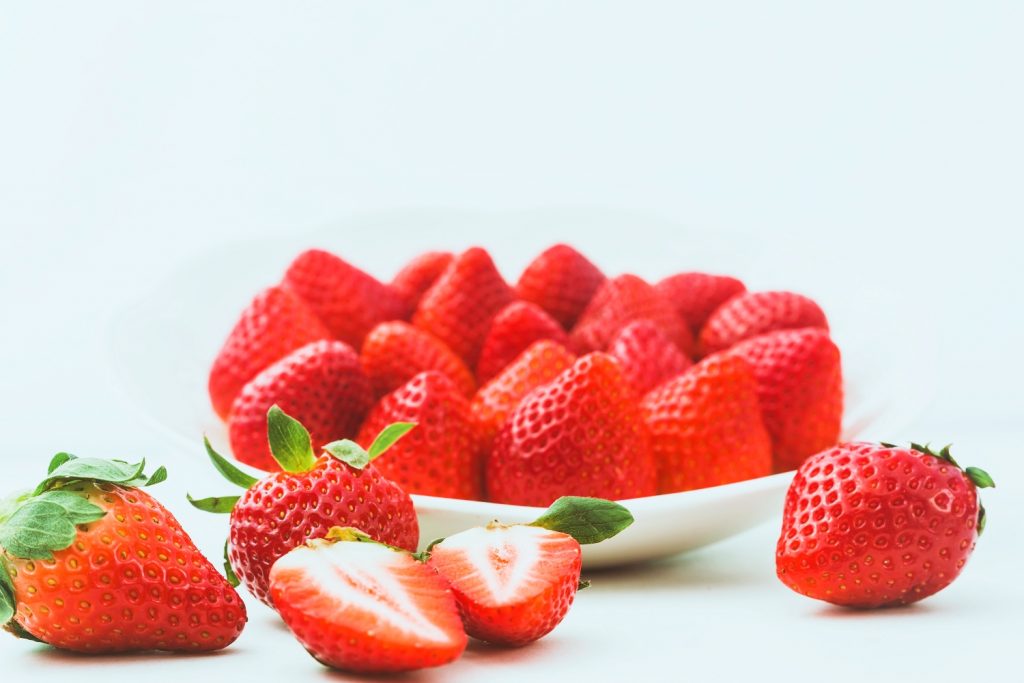
8. Grapefruit
Half a grapefruit and a steaming mug of black coffee are what some people would consider the breakfast of champions. But there’s no denying that these fruits are an acquired taste. So-called because they grow in clusters just like grapes, grapefruits were first mentioned in 1750 by Welsh naturalist, Reverend Griffith Hughes in his book, The Natural History of Barbados.
In his book, Reverend Hughes labeled grapefruit “the forbidden fruit” believing that it was the apple taken from the “tree of the knowledge of good and evil” in the Garden of Eden. Of course, today, we know that Reverend Hughes was probably incorrect in his assumption, considering the grapefruit only came on the scene in the 1700s. Still, perhaps Reverend Hughes was right to be suspicious of the grapefruit, considering how bitter it is.
Of course, not all grapefruit cultivars are bitter. Some, like ‘Oro Blanco’ and ‘Melogold’ have been cultivated to have a sweeter taste and a lower acid content. These modern man-made fruits are much more palatable than their ancestors and contain beneficial bioflavonoids that help lower bad cholesterol, thereby improving cardiovascular health
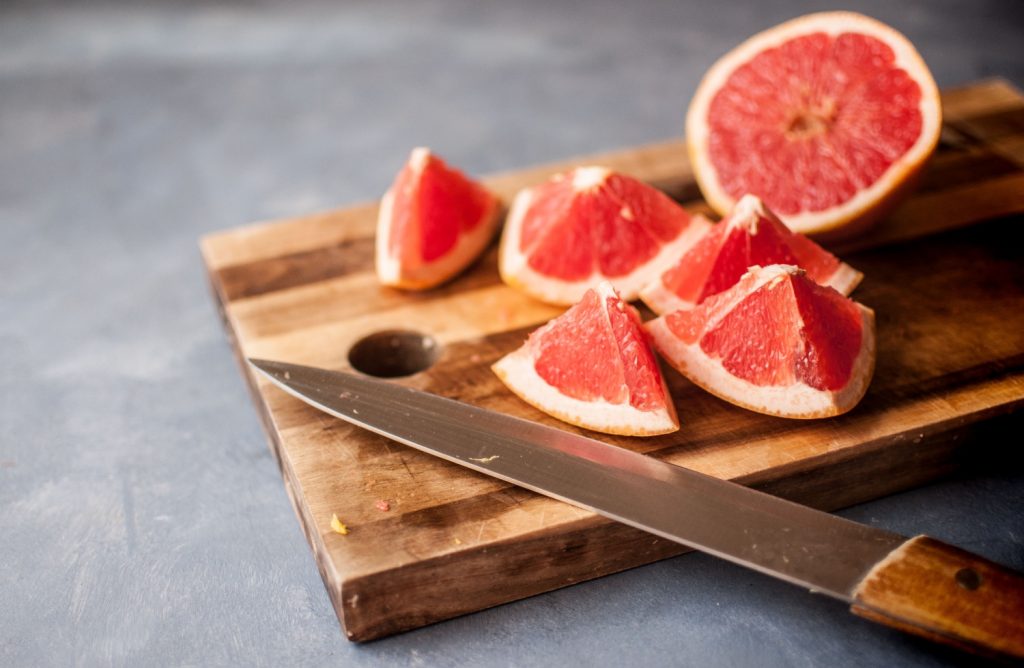
9. Boysenberry
If you go looking for the boysenberry in nature, you won’t find it. This sweet little berry is entirely the product of human invention. Specifically, the boysenberry is the result of an experiment cooked up by the horticulturist Rudolph Boysen. In the 1920s, Boysen cultivated a promising hybrid by breeding raspberries, blackberries, and loganberries.
Sadly, Boysen was unable to continue his research with the berry plant that would eventually take his name. But the famous Walter Knott of Knott’s Berry Farm acquired the plant and developed it into the delicious fruit we know today.
Boysenberries are wonderful fresh, but because their sweet flavor is so well-suited to baking, these man-made fruits are perfect for turning into jams, jellies, syrups, and pie fillings. If you’ve never had a boysenberry, they taste like a cross between a blackberry and a raspberry and are about twice the size of these fruits.
10. Tomato
Fruits develop from the ovary at the base of the flower and contain a plant’s seeds. Vegetables, on the other hand, are considered to be any part of a plant that is not a fruit or seed, like the stems, roots, and leaves. That puts garden favorites like kale, bok choy, and kohlrabi firmly in the vegetable category. But tomatoes are fruits, and man-made fruits at that.
The tomatoes we slice to put on hamburgers and in salads today are the result of centuries of careful cultivation. Modern tomatoes descend from Solanum pimpinellifolium, a wild tomato native to South America. Initial varieties were created as ornamentals, but when the plants arrived in Europe in the 1500s, they were soon bred to produce larger fruits that were sweeter and more resistant to pests and diseases.
Tomatoes have been influenced by mankind for centuries, so much so that the modern tomatoes we eat are man-made compared to their predecessors. Today’s tomatoes are often included in savory dishes, like pizza, pasta sauce, and salsas. Their versatility makes them one of the most widely grown fruits in the world.
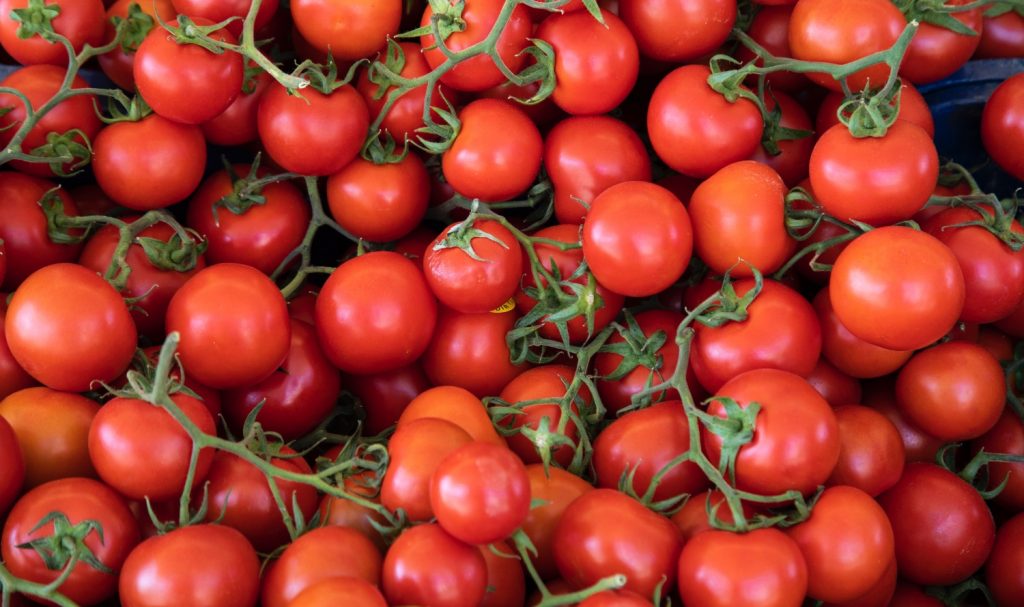
Are man-made fruits genetically modified organisms?
Man-made fruits have had their DNA altered over time. However, these man-made fruits are not necessarily genetically modified organisms (GMOs). Cultivating fruits via traditional hybridization methods, like grafting and cross-pollinating, does not involve genetic engineering in a lab.
That said, certain cultivars of some fruits, including watermelons and apples, have been genetically engineered for a variety of reasons. If you’re concerned about consuming GMOs, it’s worth researching different varieties of your favorite man-made fruits so you know exactly what you’re eating.
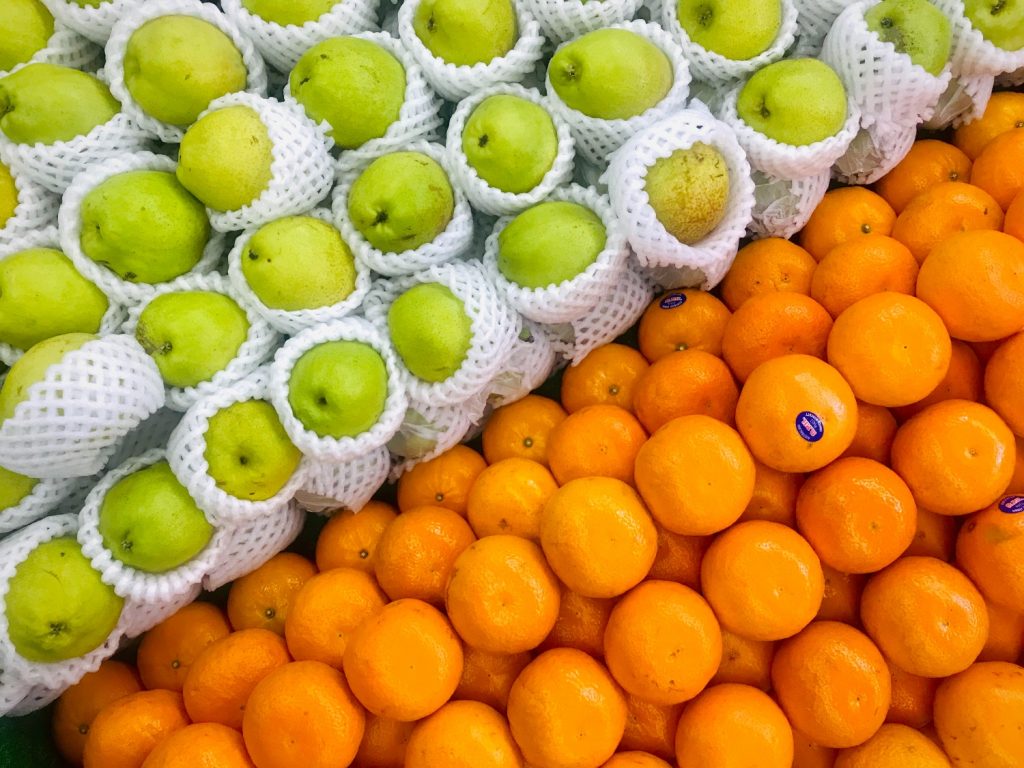
Is it safe to eat man-made fruits?
Even though many of the fruits that we enjoy on a daily basis are man-made, they’re still completely safe to consume. These plants have been cultivated over decades to produce better-tasting fruits that are more nutritionally dense than their predecessors. Fruits in general are an excellent source of fiber and antioxidants, as well as a broad range of vitamins and minerals, and are considered an essential part of a well-rounded diet.
Whether you purchase these man-made fruits from a grocery store or grow them yourself in your backyard garden, you can be confident that they’re a healthy choice for you and your family.
